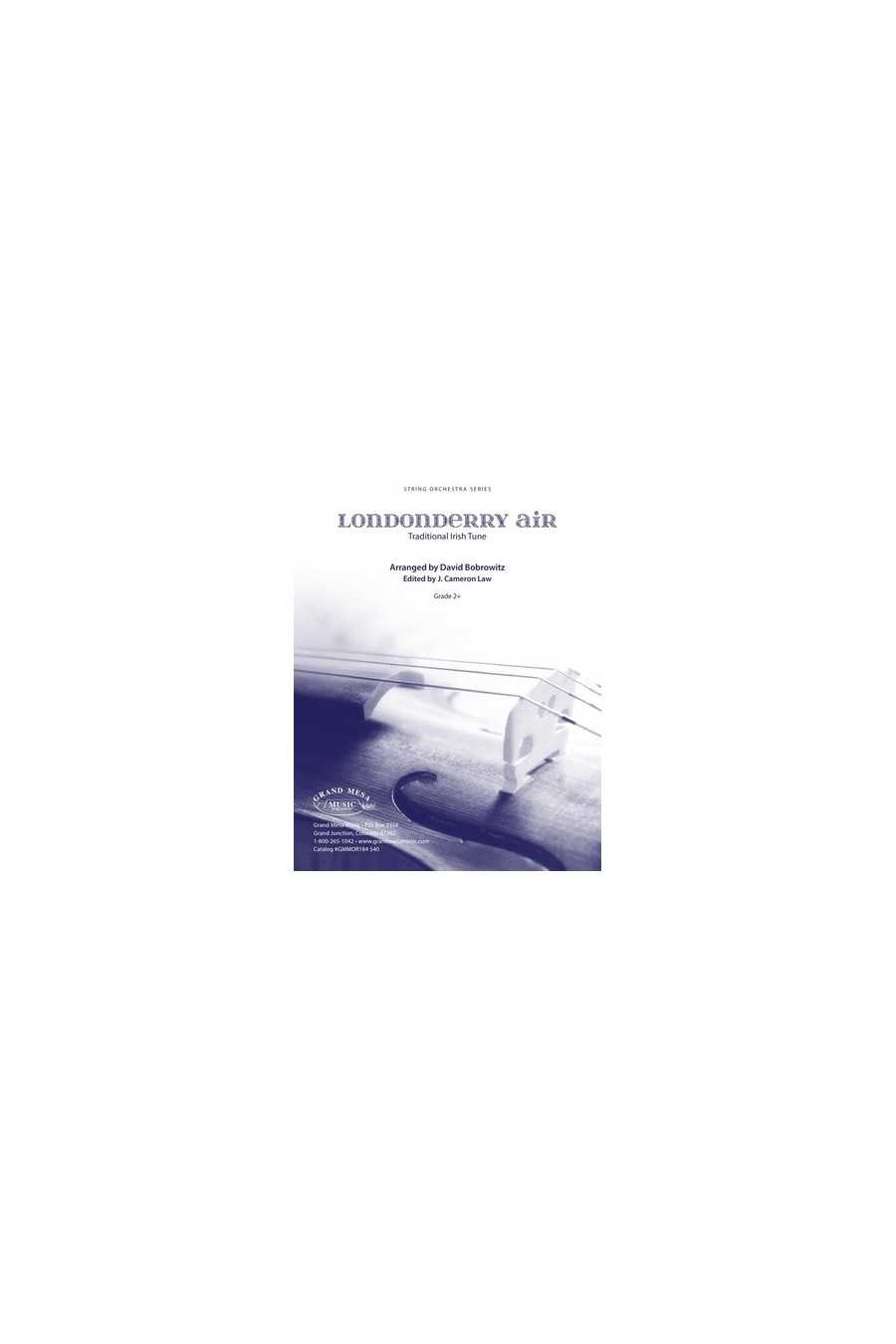

This famous folk song originated in County Derry in Northern Ireland in the mid-1800s, first published in 1855. Though there are other settings for strings of this beautiful ballad already in print, this intense and concise David Bobrowitz arrangement captures the expressive moments inherent in the melody, and makes them approachable by less experienced orchestras. Enjoy this quest for truly moving musical moments with your students and audience.
Guilt, regret, anger and mourning… those who remain after tragedy strikes are sometimes overlooked, but this musical memoir remembers and honors the hearts that remain but feel a piece of them has passed away through tragedy. The heartfelt melody is woven with stunning harmonies, intense climaxes and serene tranquility. “Hearts Remaining” will challenge and inspire young musicians to think, feel and play deeply, from the heart, empathizing with those… who remain. (Grade 2.5, Dur 3:24)
The “Spitfire” was a single-seat fighter airplane successfully used by the Allies in World War II against the German Luftwaffe. With its rhythmically-charged parts for every member of the orchestra and dynamic percussion parts, the composer has created an exhilarating musical evocation of the daily life of a fighter pilot taking part in the Battle of Britain. Use this exciting work to add some variety and “zing” to your orchestra concert! (3:10)
This classic work was adapted/extracted from a larger scored work that Joseph Haydn wrote while in the service of Prince Nicholas Esterhazy. The original work contained a number of wind parts that in this arrangement have been excluded, but this fine arrangement works beautifully nonetheless as a string-only work. Playing the Rondo-Finale will introduce your students to the well-proportioned pleasures of Classical music, as well as the rondo form. (3:22)